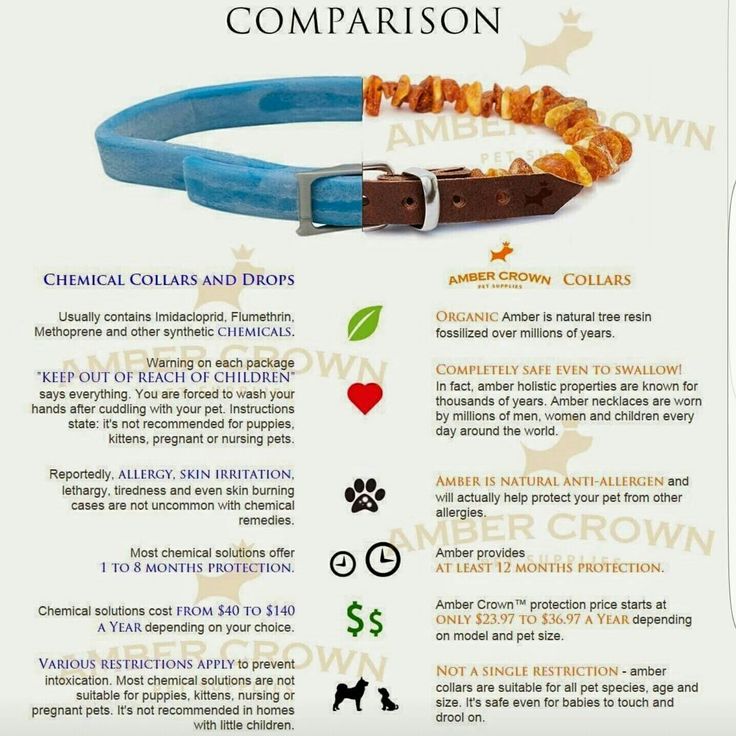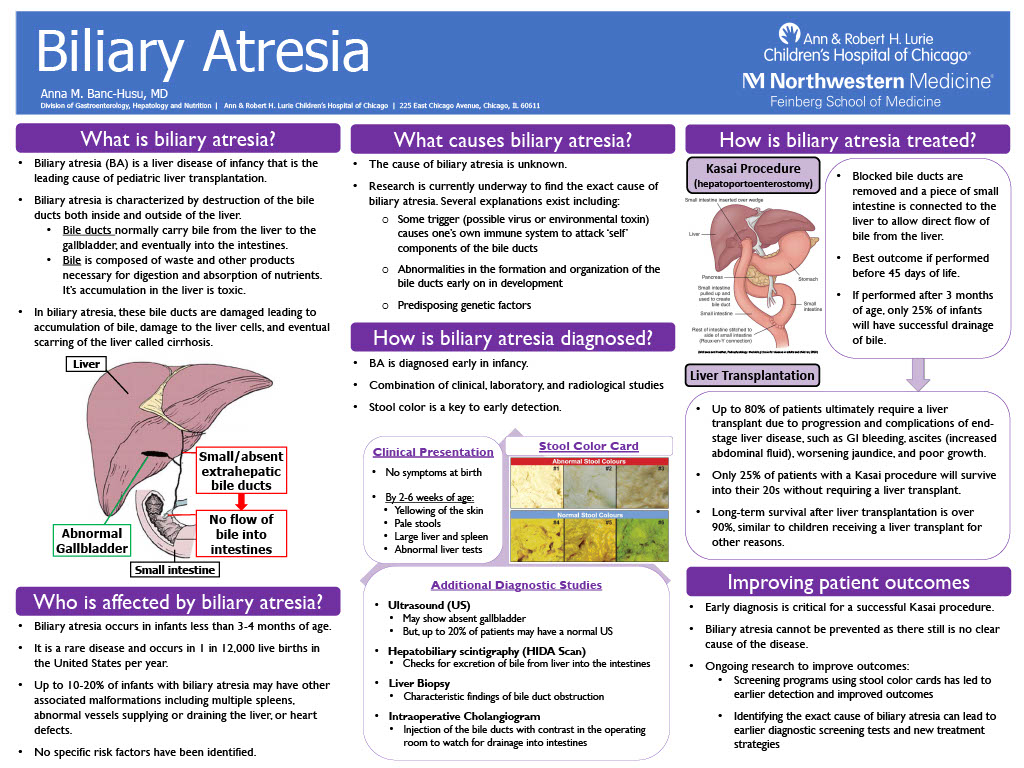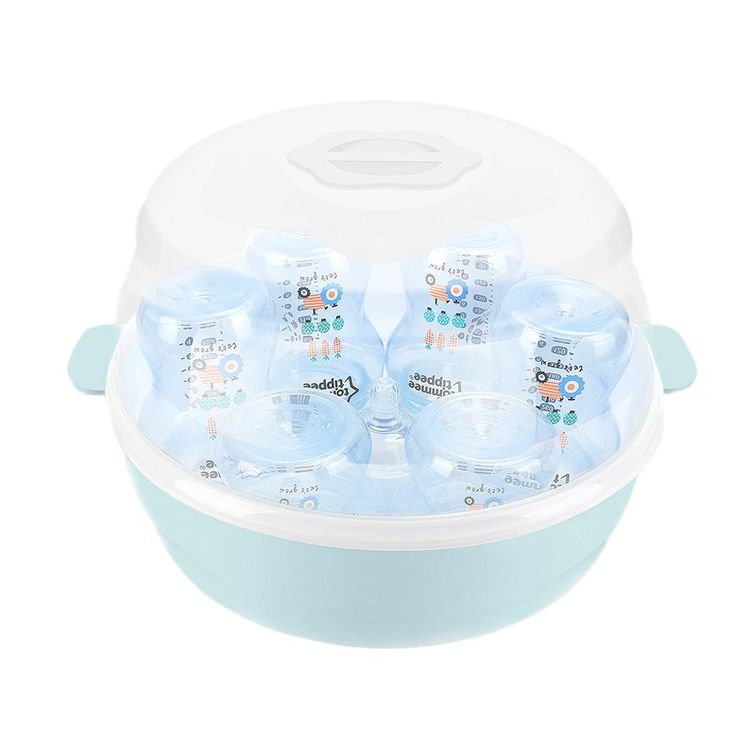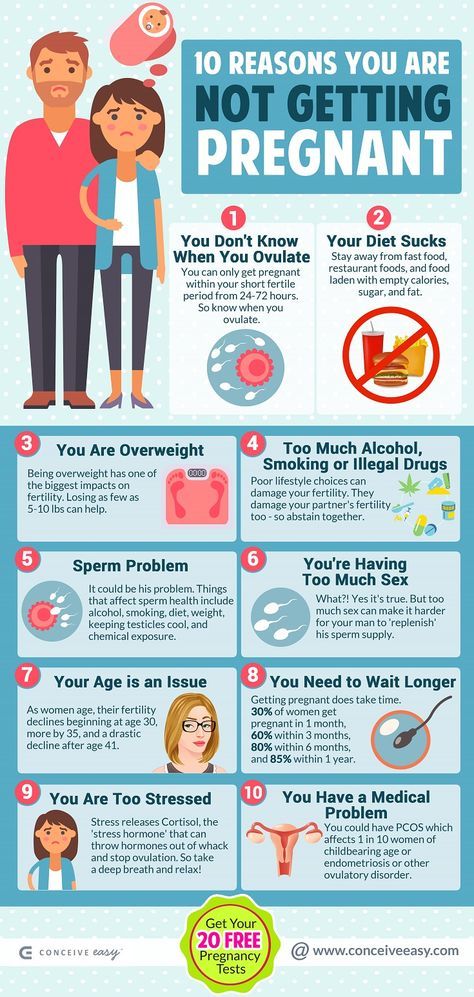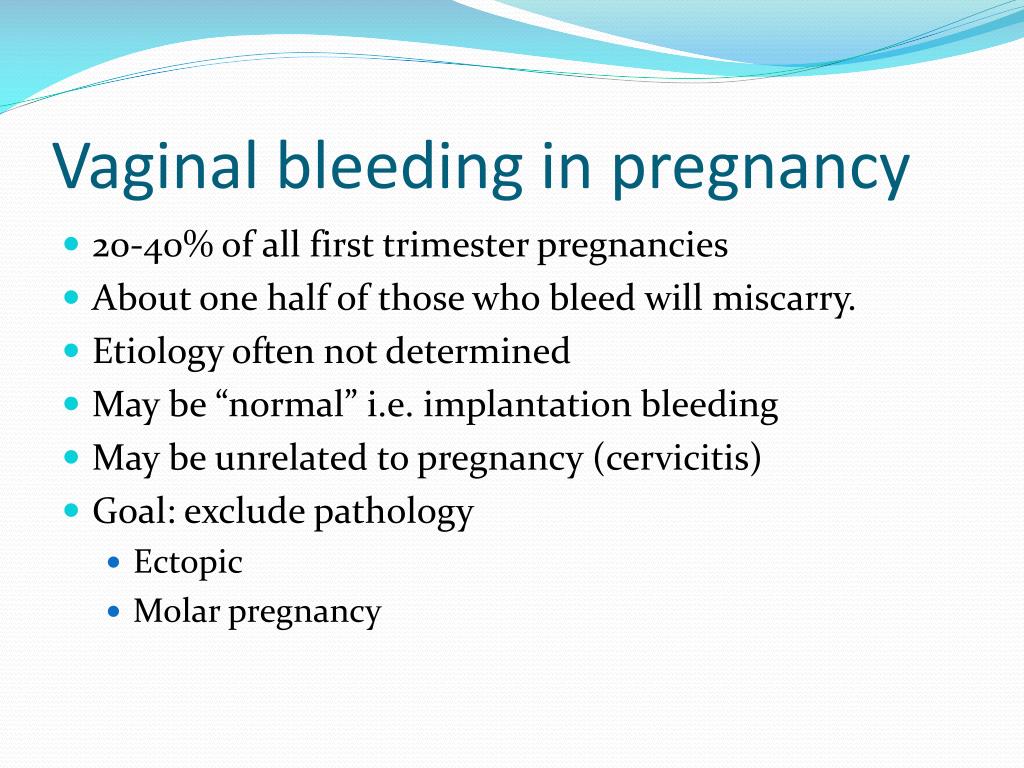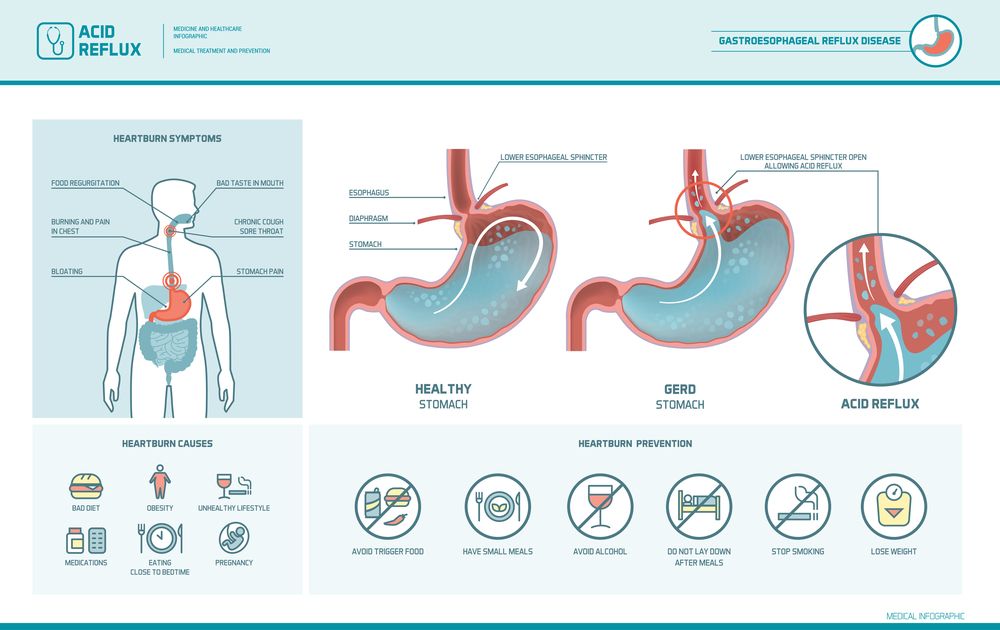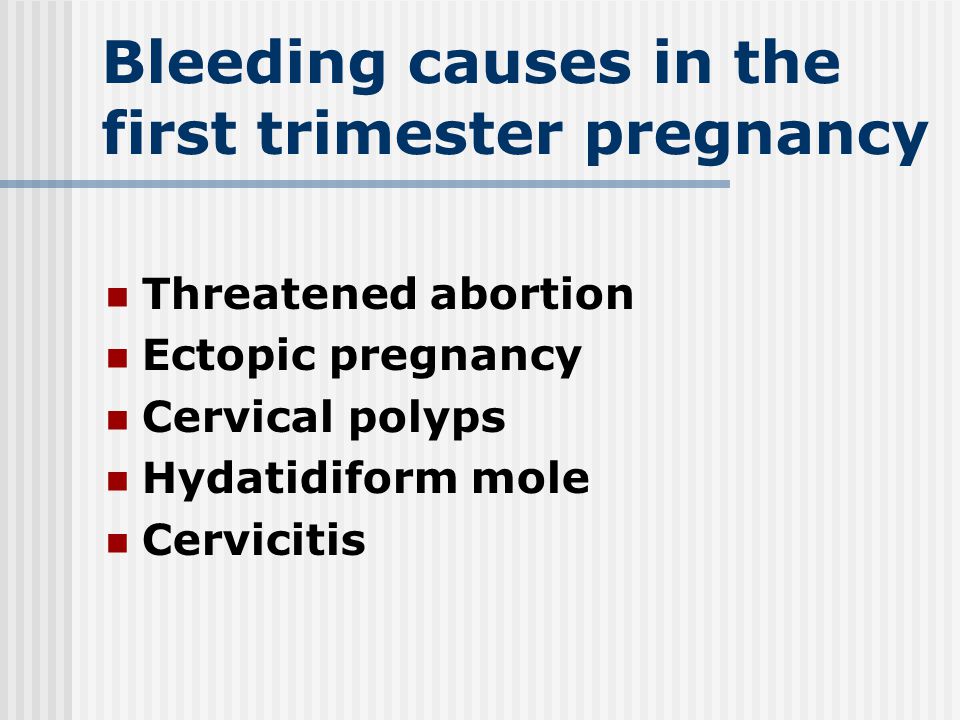Are amber necklaces safe
Amber beads - safety, and do they work?
beginning of contentBlog post | 23 Feb 2021
Listen
Parents have always been eager to find ways to relieve teething discomfort for their babies and small children. So, when it could be as simple as putting a string of beads around the child’s neck, it’s understandable that parents would become interested. But like many solutions to health-related conditions, it’s not that simple.
What’s an amber bead necklace?
An amber bead teething necklace is a string of round amber chips the child wears around their neck. The amber forms from fossilised tree resin which is shaped into rounded, small beads threaded onto a piece of string or cord. Manufacturers claim the resin, once warmed by the child’s skin, has anti-inflammatory properties and can help to soothe a child’s swollen, sore gums.
Amber bead anklets and bracelets are also available, although necklaces are the most popular. The beads come in a range of colours, from white to yellow and from beige to brown.
Who are the necklaces made for?
Amber bead necklaces are made for children who are teething or showing signs of teething. The recommended age varies between manufacturers although they generally say there are benefits in wearing them between 4 months and 3 years of age.
Why are they used?
It’s natural to look for easy, quick and effective solutions when small children are unhappy. But it can be very hard to soothe a crying baby who seems miserable because of teething pain. Gums can be swollen, red and sore as teeth erupt, and until they emerge through the gum margin, the only way to help the baby is to alleviate the symptoms.
These are some of the reasons why amber bead necklaces have become so popular. The fact that they are also formed from a natural substance, are easily put on and some people believe the jewellery looks attractive, adds to their appeal.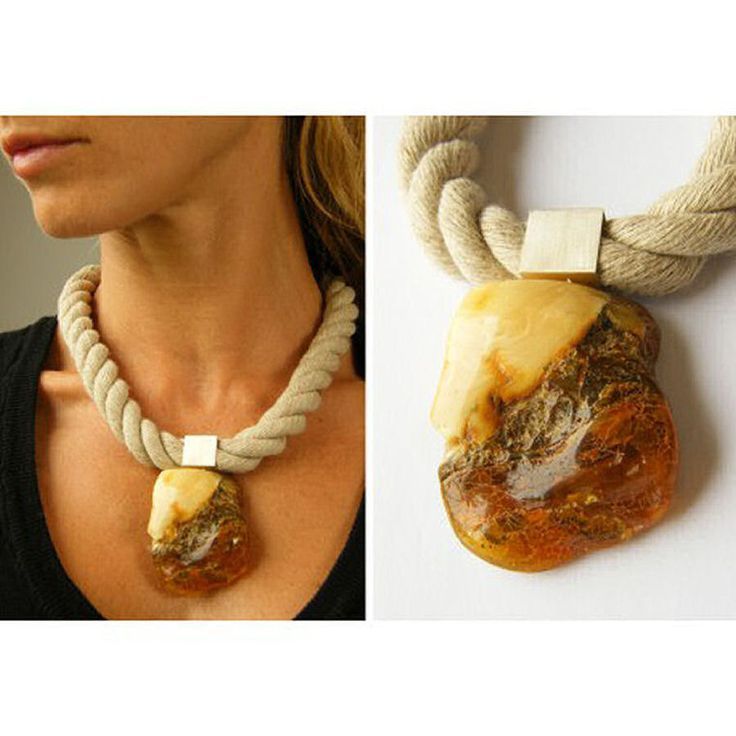
Are amber bead necklaces safe?
Amber bead necklaces and bracelets are not safe to use. They are a strangulation hazard to children if they tighten around the child’s neck. They can also break and the child could inhale the beads if they mouth or chew the necklace. Some necklaces have a magnetic clasp which, if swallowed, could cause gut perforation.
What do the experts say?
There is no clear evidence that amber bead necklaces or jewellery help to soothe a teething child. Managing the child’s behaviour is generally the safest way to manage teething episodes.
Red Nose recommends nothing be placed around the neck of a sleeping baby and identified the risk of choking to babies who wear a string of amber beads.
During the teething period, it takes around 4 days for the tooth to emerge through the gum and around 3 days afterwards. There is no consistent pattern of behaviour when it comes to teething. Some children don’t seem at all bothered; others become quite irritable.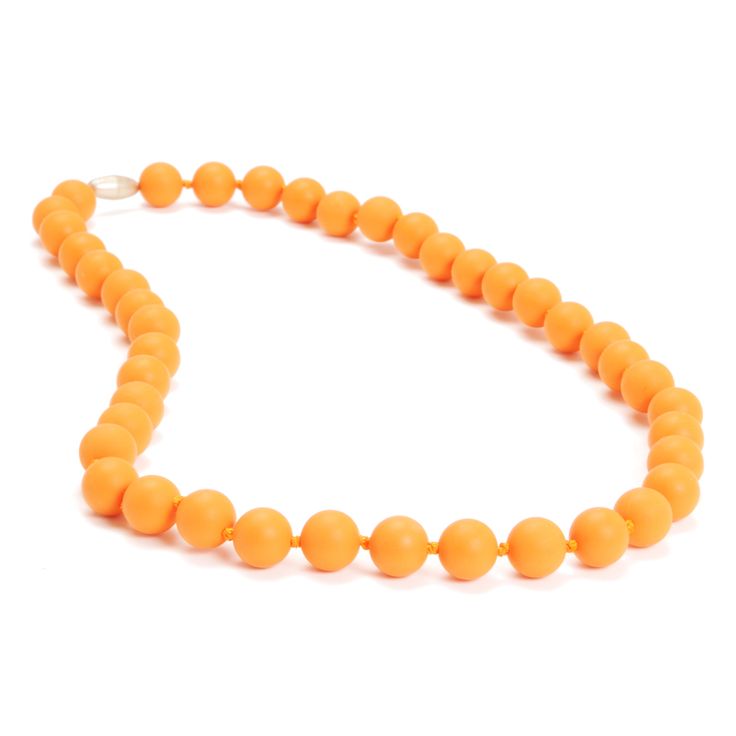
10 safer alternatives to amber beads
- Lots of cuddles and soothing
- Extra day sleeps if their night sleep is being disrupted
- Extra breast or bottle feeds if they’re keen
- Teething rings and toys to chew on
- A cool, wet washer can be a popular choice
- Foods with extra texture
- Offering something firm to suck on, such as a sugar-free rusk
- Massaging your baby’s gums with a clean finger
- Drying the skin around your child’s mouth and chin if they’re drooling a lot – rashes are common in areas that stay moist
- Pain relief medicationif your baby is miserable – make sure you use the right dose for your baby’s age and weight and speak with a doctor or pharmacist first
If you do choose to use amber beads
- Always supervise your child when they are wearing amber bead necklaces, bracelets or anklets.
- Remove any amber bead jewellery before you leave your child alone and when they go to sleep.
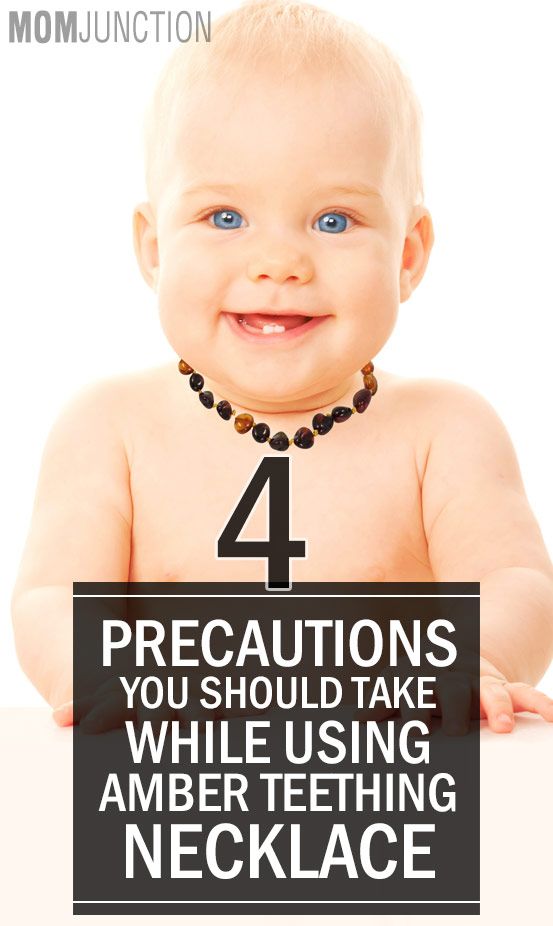
- Never let your child chew on the amber beads.
Who can I speak to for more information?
Speak to your doctor or child health nurse if you have any concerns about your child’s teething. They can give you clear, evidence-based support and advice.
Key points
- There is no clinical evidence that amber bead necklaces work.
- Using amber bead necklaces and jewellery has several safety risks, especially the risk of strangulation or choking.
- Teething is a normal developmental stage — extra cuddles, soothing and chewing on a (safe) teething ring or toy will help most children.
This information is for your general information and use only and is not intended to be used as medical advice and should not be used to diagnose, treat, cure or prevent any medical condition, nor should it be used for therapeutic purposes.
The information is not a substitute for independent professional advice and should not be used as an alternative to professional health care. If you have a particular medical problem, please consult a healthcare professional.
If you have a particular medical problem, please consult a healthcare professional.
Except as permitted under the Copyright Act 1968, this publication or any part of it may not be reproduced, altered, adapted, stored and/or distributed in any form or by any means without the prior written permission of Healthdirect Australia.
Support this browser is being discontinued for Pregnancy, Birth and Baby
Support for this browser is being discontinued for this site
- Internet Explorer 11 and lower
We currently support Microsoft Edge, Chrome, Firefox and Safari. For more information, please visit the links below:
- Chrome by Google
- Firefox by Mozilla
- Microsoft Edge
- Safari by Apple
You are welcome to continue browsing this site with this browser. Some features, tools or interaction may not work correctly.
Amber teething necklaces: Are they safe for your baby?
iStockphoto
When your baby or toddler is teething, sometimes those wee teeth poke through without a lot of drama, but other times you’re in for night-time wake-ups, all-day fussing and one cranky kiddo. No wonder you start looking for ways to help them feel better. Amber teething necklaces promise a natural, drug-free way to help with your little one’s teething pain, but many experts point out significant concerns. Here’s what you need to know.
No wonder you start looking for ways to help them feel better. Amber teething necklaces promise a natural, drug-free way to help with your little one’s teething pain, but many experts point out significant concerns. Here’s what you need to know.
These are necklaces strung with amber beads, sometimes with a magnetic fastener or another kind of clasp, and designed to help with teething pain. (There are also amber teething bracelets.) Amber is a natural substance created when tree resin becomes fossilized. There are several kinds of amber, named for the regions in which they’re found, and one of the most common is Baltic amber.
You may have noticed other babies wearing them at your playgroup—they’re popular and widely available, and many parents swear by them. Amber contains succinic acid, which is thought to have anti-inflammatory and painkilling properties.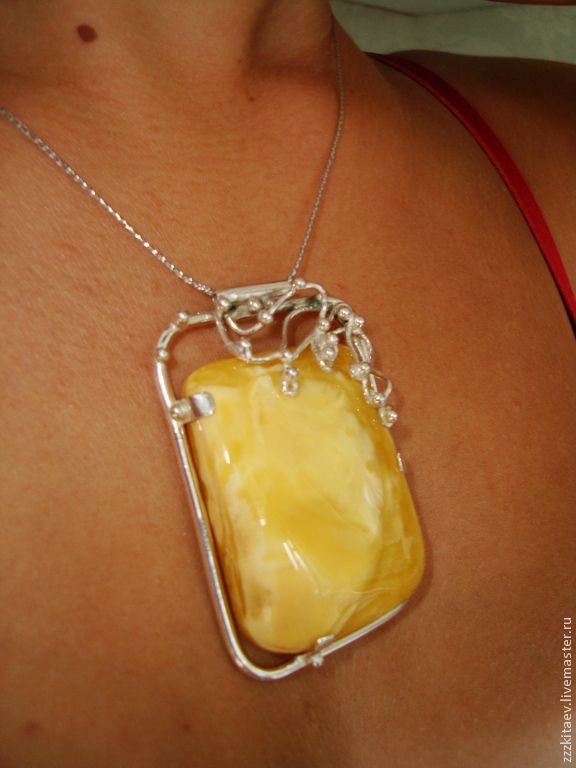 It is believed that when the beads are worn next to the skin, succinic acid is released into the body, providing relief from the pain and tenderness of teething. In theory, this is a great idea, especially since baby teething gels intended to soothe sore gums have been removed from Canadian stores recently and banned in the United States by the U.S. Food and Drug Administration (FDA).
It is believed that when the beads are worn next to the skin, succinic acid is released into the body, providing relief from the pain and tenderness of teething. In theory, this is a great idea, especially since baby teething gels intended to soothe sore gums have been removed from Canadian stores recently and banned in the United States by the U.S. Food and Drug Administration (FDA).
It doesn’t look like it. A 2019 study by Canadian and Australian researchers, published in the medical journal BMC Complementary Medicine and Therapies, reported that the succinic acid found in Baltic amber is not released when worn next to the skin and that succinic acid is not an anti-inflammatory. “There’s not enough evidence that these necklaces work, but there’s a lot of evidence that they are dangerous,” says Farah Abdulsatar, a paediatrician in London, Ontario.
There is mounting research that amber teething jewellery, including necklaces, is not safe.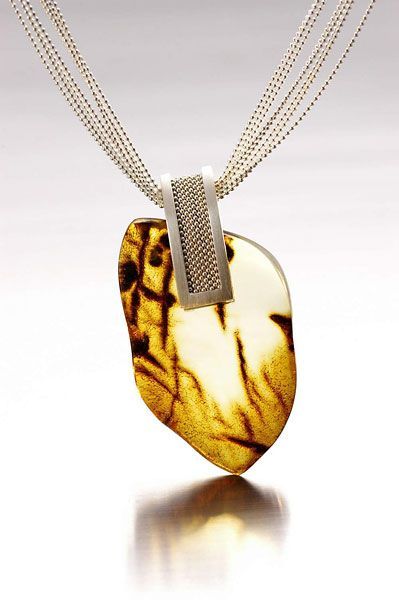 The Canadian Paediatric Society (CPS), American Academy of Pediatrics and FDA warn parents and caregivers not to use amber teething necklaces on babies and toddlers.
The Canadian Paediatric Society (CPS), American Academy of Pediatrics and FDA warn parents and caregivers not to use amber teething necklaces on babies and toddlers.
Possible strangulation and choking are the main risks. “You basically have a cord wrapped around an infant’s neck,” says Abdulsatar, who co-authored a report for the CPS in 2018 that outlined the risks. She points to a case report in Nova Scotia where parents brought a four-month-old to the hospital who showed signs of strangulation in the face and neck and, after bloodwork and investigation, the only explanation was that it was the baby’s first night going to bed with a teething necklace. “The necklace got twisted for part of the night, preventing air and blood from going to his head,” she says.
Her study also included survey results from Canadian doctors, who reported cases of children swallowing the magnet clasp, non-fatal strangulation by the necklace, choking on the beads and contact dermatitis.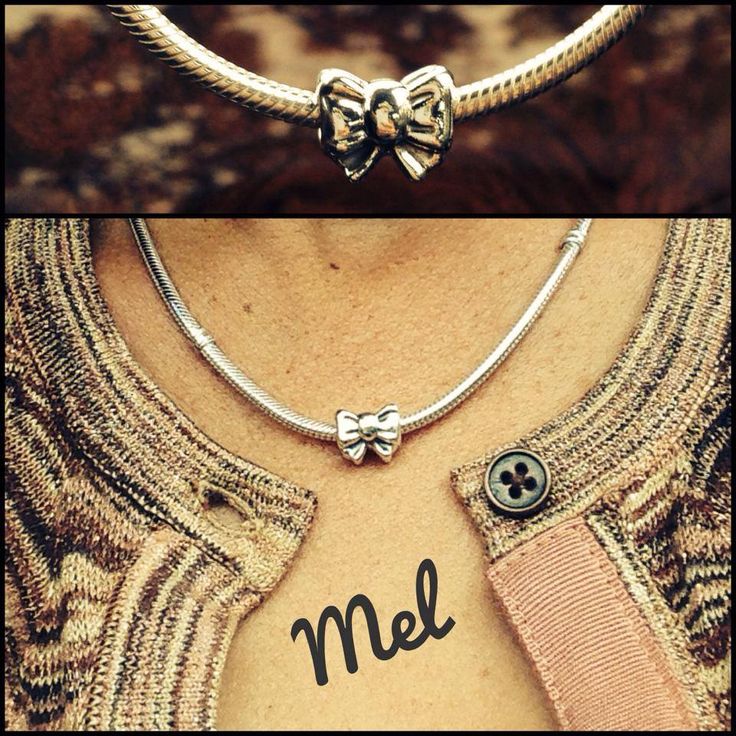 Fortunately, no deaths or serious injuries have been reported in Canada, but there has been at least one death in California and a near-strangulation in Australia.
Fortunately, no deaths or serious injuries have been reported in Canada, but there has been at least one death in California and a near-strangulation in Australia.
Some amber teething necklaces are marketed with “breakaway” clasps that will give way with a small amount of force, freeing the child if it catches on something. However, a 2018 study, conducted in Nova Scotia and published in Paediatrics & Child Health, checked 15 different teething necklaces purchased from retailers in Atlantic Canada. The necklaces were tested with a 15-pound weight (the industry standard used to test children’s jewellery) and a 1.6-pound weight (the amount of force required to occlude or block a child’s airway). The study found that seven of the 15 necklaces did not open with 15 pounds of force, and eight did not open with 1.6 pounds of force. The authors concluded that “these necklaces pose a strangulation risk to young children if they become caught.”
Finally, teething necklaces can be a source of harmful bacteria picked up from the baby’s environment.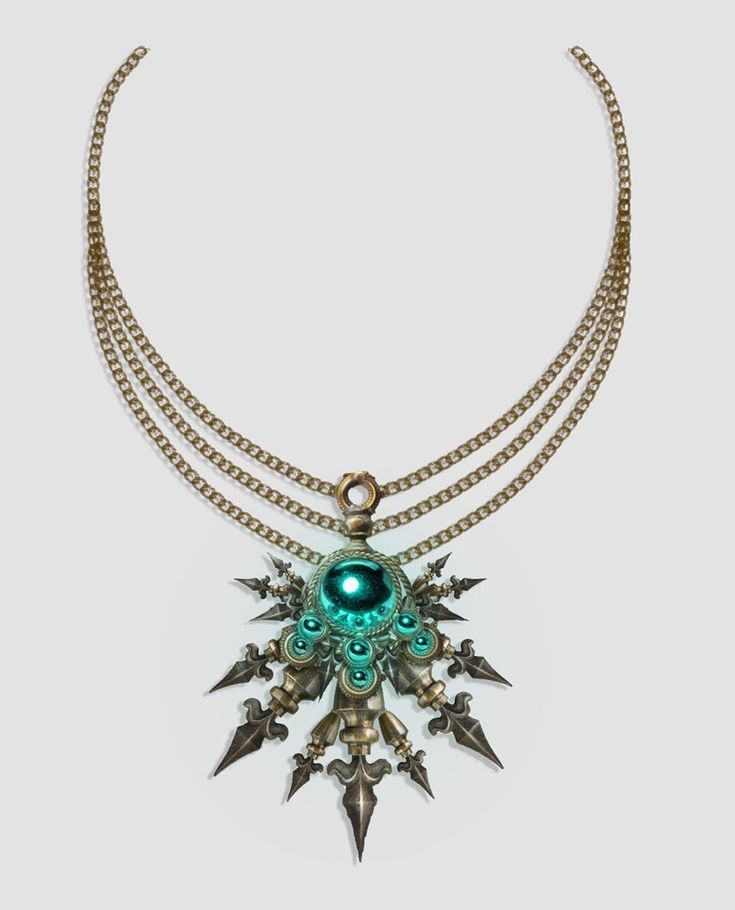 Researchers at a French hospital tested the amber necklaces of 27 kids brought into the dermatology clinic or emergency room and found that all of the necklaces had various types of bacteria on them (bacteria naturally live on the skin) and three had methicillin-susceptive Staphylococcus aureus (MSSA) bacteria, which can cause skin infections.
Researchers at a French hospital tested the amber necklaces of 27 kids brought into the dermatology clinic or emergency room and found that all of the necklaces had various types of bacteria on them (bacteria naturally live on the skin) and three had methicillin-susceptive Staphylococcus aureus (MSSA) bacteria, which can cause skin infections.
“It’s difficult to keep your eyes on an infant or toddler 100 percent of the time, and it goes back to the risks and benefits,” says Abdulsatar. “There are other safer things we can do. Choking or strangulation takes only a few seconds.”
Abdulsatar suggests solid chewing toys made of silicone that you can put in the fridge or freezer to soothe sore gums. “We usually caution people about the liquid-filled ones because new teeth can puncture them and cause the liquid to leak,” she says.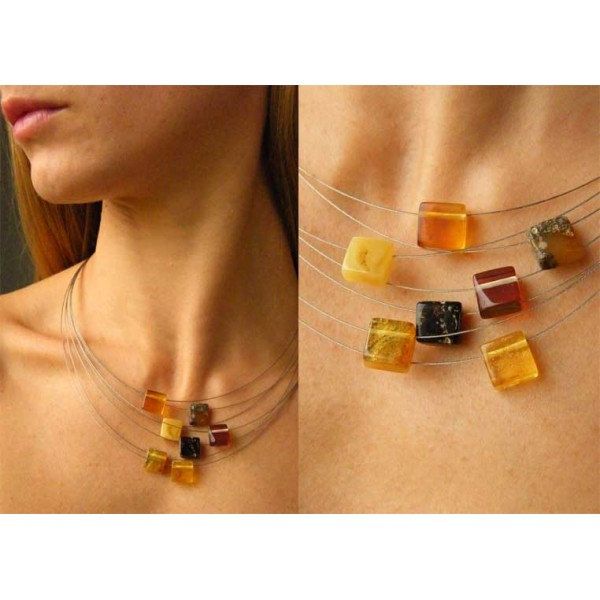 Frozen fruit or veggies inside a baby feeding tool (a fine mesh bag with a handle) is also a good thing to try. Your baby may also like to gum on a clean, frozen washcloth. And she says it’s OK to use over-the-counter pain medicine, such as acetaminophen and ibuprofen, for kids who are teething (as long as you follow the directions about timing, body weight and dose).
Frozen fruit or veggies inside a baby feeding tool (a fine mesh bag with a handle) is also a good thing to try. Your baby may also like to gum on a clean, frozen washcloth. And she says it’s OK to use over-the-counter pain medicine, such as acetaminophen and ibuprofen, for kids who are teething (as long as you follow the directions about timing, body weight and dose).
What are amber teething necklaces and are they safe?
Contents
- What is Baltic amber?
- What is the purpose of the amber teething necklaces?
- Are amber necklaces effective for teething?
- What are the risks?
- Alternative teething painkillers
- This too will pass
Have you ever seen those little strands of irregularly shaped orange beads in your local baby store? They are called amber teething necklaces and are of great importance in some natural parenting communities. No matter which part of the hippie spectrum you fall into, you may have wondered what to do with these alleged magical teething necklaces.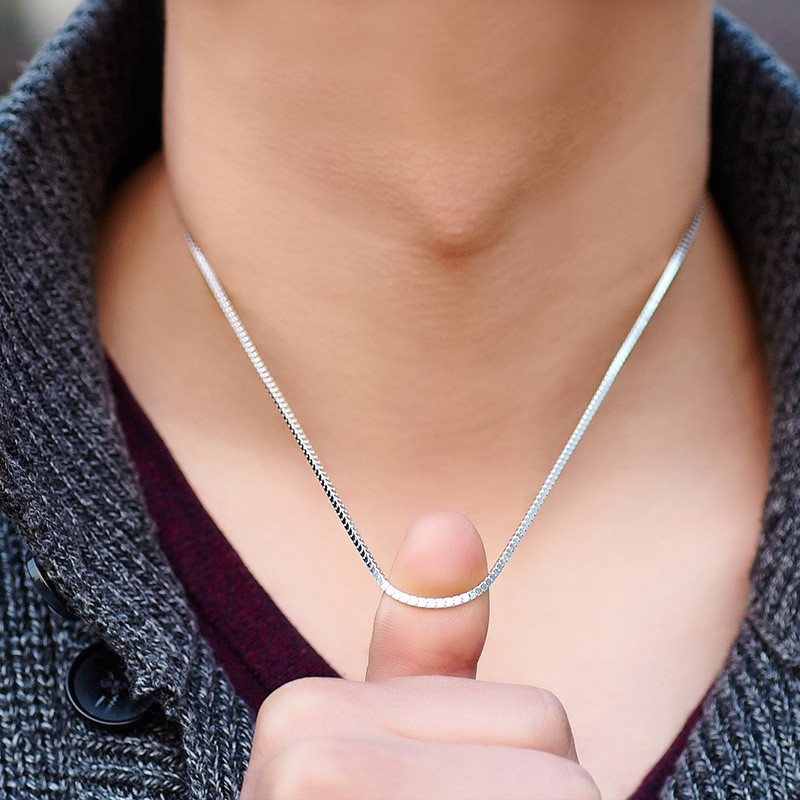 How do they work? Are they safe? nine0003
How do they work? Are they safe? nine0003
What is Baltic amber?
These necklaces are made from Baltic amber. Baltic amber is located in a special region of northern Europe. It's not a stone. In fact, it is the petrified tree sap, which is grown and polished. Baltic amber contains 3 to 8 percent of a substance called succinic acid. Some people believe that this substance can be used to relieve pain.
What is the purpose of the amber teething necklaces?
For centuries, Baltic amber has been considered healing and protective. According to researchers from the University of Glasgow, children in Scotland wore beads to protect themselves from evil. Others were put on threads to cure blindness, cure sprains, and cure a host of other ailments. nine0003
You may find it interesting that children should not chew on these necklaces. Instead, the necklaces require skin contact to work. It is believed that when the skin is warmed, amber releases a small amount of succinic acid, which then enters the bloodstream.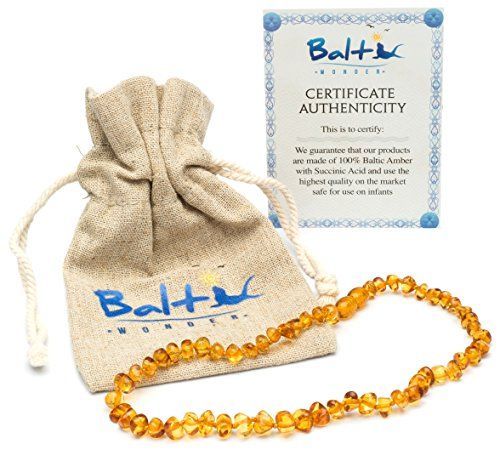
Are amber necklaces effective for teething?
Unfortunately, we cannot say for sure whether these necklaces are effective. Much of the information relies heavily on anecdotal experience rather than scientific research. In fact, there are no official studies to back up claims about amber, Baltic or otherwise. nine0003
However, you will find hundreds of positive reviews for necklaces sold in leading retailers. Parents all over the world are trying these necklaces in an attempt to calm their cranky babies, and it seems to work for the vast majority. However, it is important to assess whether the possible benefits outweigh the known risks.
What are the risks?
Although amber teething necklaces are considered relatively safe even for small children, every time you put something around your child's neck, you should pay special attention. You can find a variety of amber jewelry in your search, but make sure you buy a necklace that is made especially for babies.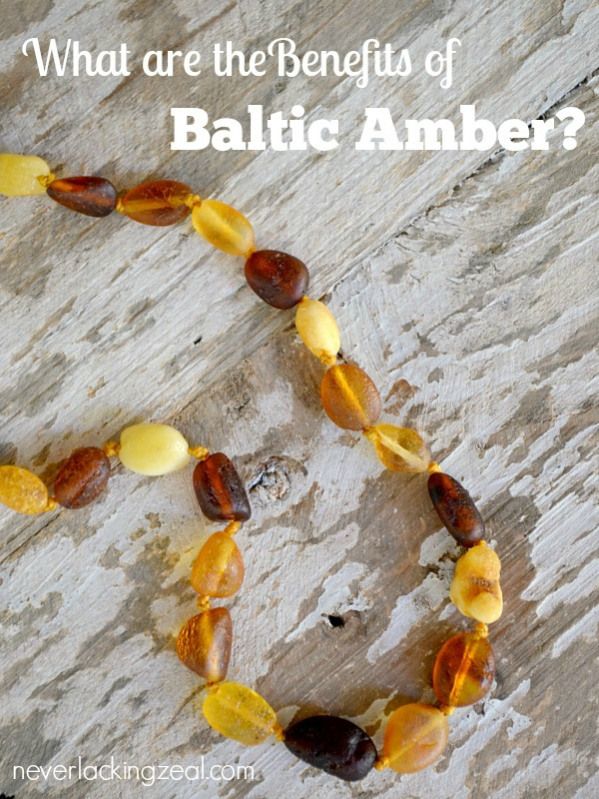 These necklaces have a special clasp that is not easy to unscrew. This will prevent your child from interfering with it. Some necklaces even have a magnetic clasp that will release the loop if it gets caught on something. nine0003
These necklaces have a special clasp that is not easy to unscrew. This will prevent your child from interfering with it. Some necklaces even have a magnetic clasp that will release the loop if it gets caught on something. nine0003
If you decide to use an amber teething necklace, it is recommended that you remove the necklace from your baby at bedtime and at bedtime. Choking is the biggest risk with this type of product and it's better to be safe than sorry. A 2013 article published by The New York Times also highlights the risk of suffocation. As a rule, doctors do not recommend that babies wear any kind of jewelry.
So proceed with caution, if at all.
Alternative pain relievers for teething
There are many other ways you can help your baby during the teething phase. For example, you can tie a clean rag, soak it in a little water, and put it in the freezer. Have your child chew on the cloth to soothe sore gums.
There are also a range of natural rubber and silicone teething toys and necklaces for mothers that give your baby something safe to chew on.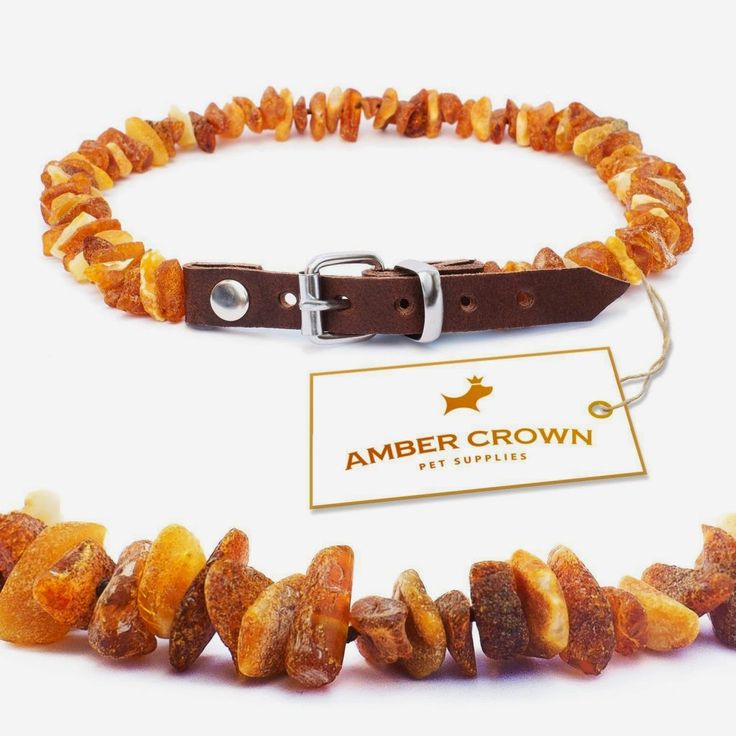 Older children who eat solid foods are better off using a mesh teether. You put frozen puree or frozen baby food cubes inside for a cooler chew. nine0003
Older children who eat solid foods are better off using a mesh teether. You put frozen puree or frozen baby food cubes inside for a cooler chew. nine0003
According to a study published by the International Journal of Dental Hygiene, problems such as diarrhea, fever and even sleep disturbance cannot be associated with teething. In any case, if your baby is especially uncomfortable, talk to your pediatrician about other methods of pain relief. You can give some baby-safe pain medication, but check the dosage and frequency of use first. The pain-relieving gels and teething tablets you find at the pharmacy may or may not be safe, so it's best to let your doctor make the final choice. nine0003
Long ago, mothers often rubbed liquor on their children's gums to soothe the pain of teething. Because of the known harmful effects of alcohol on the child, most mothers ignore this practice.
This too shall pass
Teething is a painful process for both parents and babies. It's hard to see your child suffer, but rest assured that this stage will pass in due time.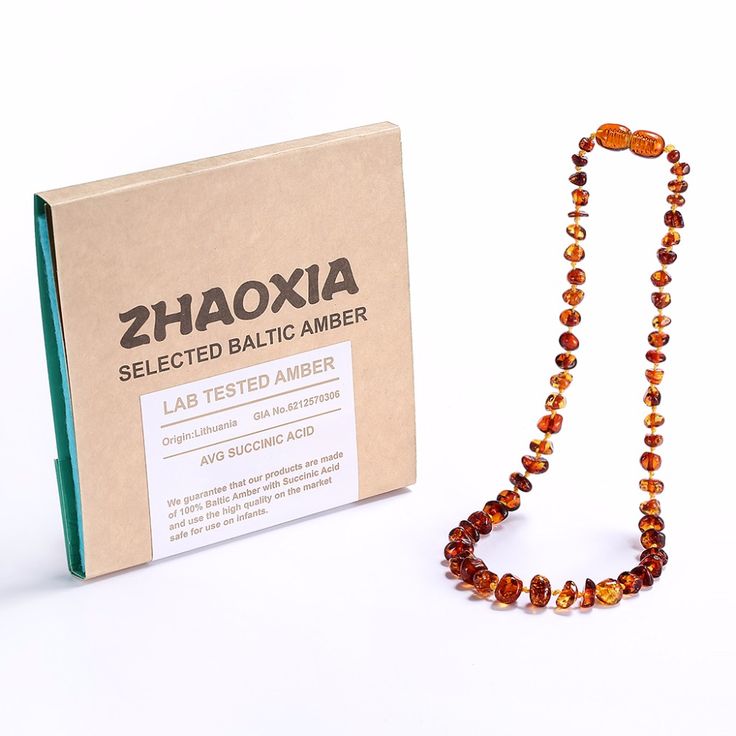 Before you know it, all of your child's teeth will fall out and won't hurt, and you'll be on to the next big milestone. nine0003
Before you know it, all of your child's teeth will fall out and won't hurt, and you'll be on to the next big milestone. nine0003
🎖▷ Why you don't have to worry about weight gain with Lamictal
psychology
6,848 2 min read
If you're worried that taking Lamictal (lamotrigine) might cause weight gain, there's good news. It probably won't affect your weight much. If anything, you're more likely to lose weight due to Lamictal than gain weight, but either way, the changes are likely to be pretty small.
The effect of Lamictal on weight has been little studied, and various clinical trials have found minimal effect. In fact, some researchers even considered the drug as a possible remedy for obesity and as a remedy for overeating. This information should be reassuring for people with bipolar disorder, as many of the medications used to treat this condition can cause weight gain. nine0003
Lamictal findings and weight gain or loss
Lamictal is an anticonvulsant that can be used to treat seizures such as epilepsy.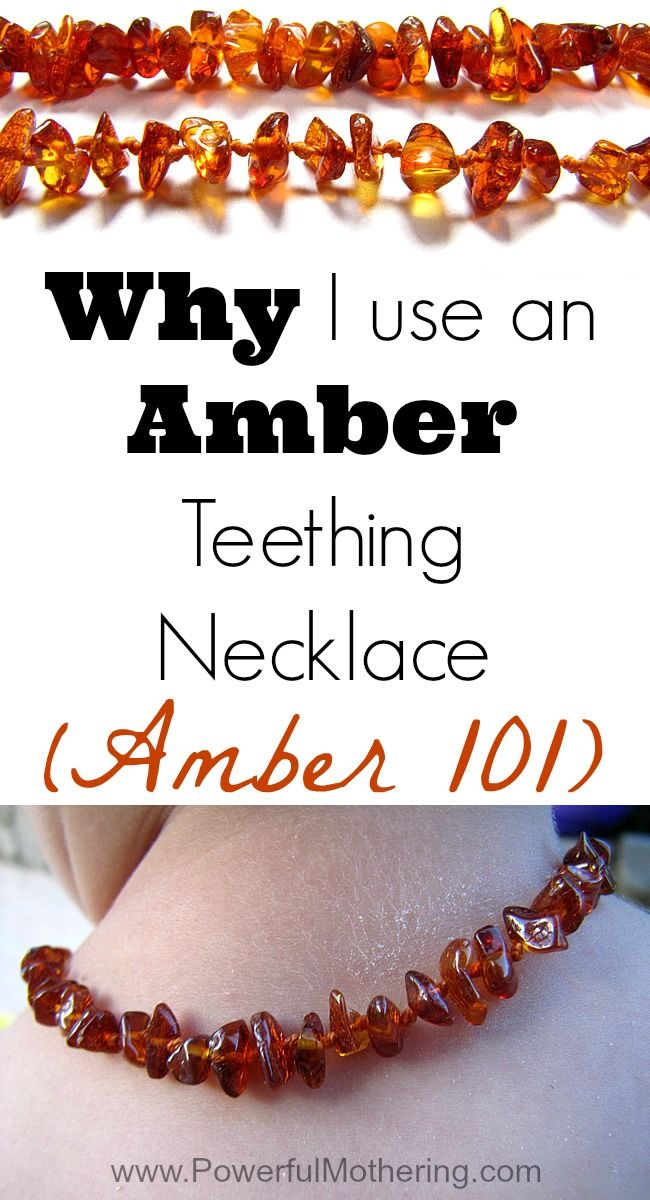 It is also used as a mood stabilizer for bipolar disorder.
It is also used as a mood stabilizer for bipolar disorder.
In the first clinical trials with the drug, 5 percent of adults with epilepsy lost weight while taking Lamictal, while 1 to 5 percent of patients with bipolar I disorder gained weight while taking the drug. The researchers do not disclose how much weight patients have gained or lost. nine0065 Meanwhile, a 2006 study comparing the effects on weight of Lamictal, lithium, and placebo found that some Lamictal-treated patients gained weight, some lost weight, and most remained about the same weight. Weight changes are usually not many pounds anyway. Obese patients taking Lamictal lost an average of four pounds, while the weight of non-obese patients remained virtually unchanged.
Relationship between weight gain and other bipolar drugs
Weight gain from medications used to treat bipolar disorder is unfortunately quite common. Some mood stabilizers commonly used for bipolar disorder, especially lithium and Depakote (valproate), carry a high risk of weight gain.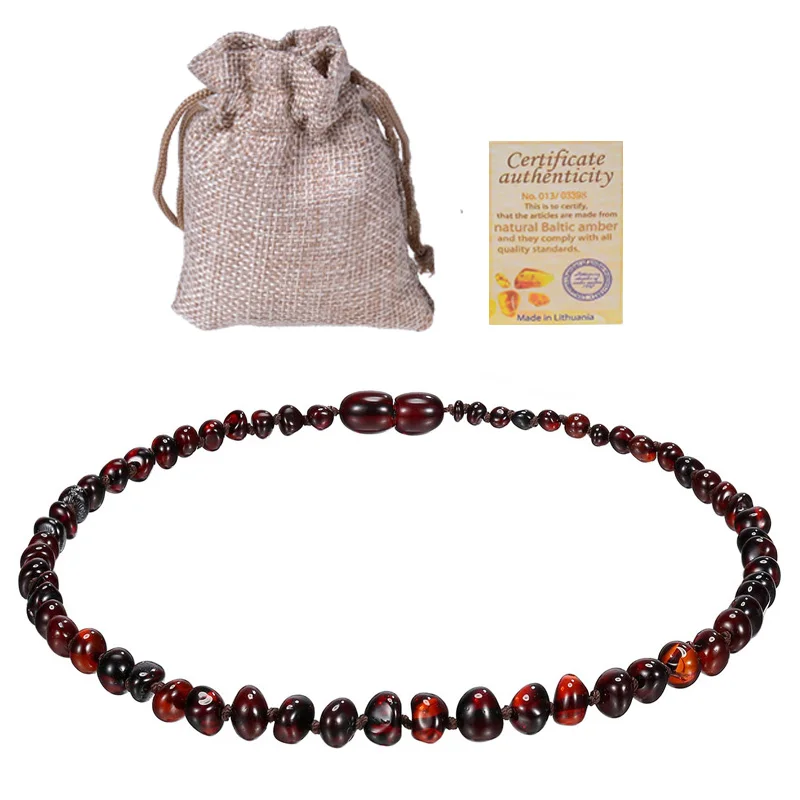
In addition, the atypical antipsychotics Clozaril (clozapine) and Zyprexa (olanzapine) tend to cause significant weight gain in people who take them. Finally, some antidepressants, notably Paxil (paroxetine) and Remeron (mirtazapine), have been associated with weight gain. nine0065 Therefore, if you are already overweight, you and your psychiatrist may want to consider additional weight gain when determining your bipolar medication regimen. Based on this, Lamictal may be a good choice.
Lamictal as a possible treatment for obesity
Lamictal has also been studied as a possible treatment for obesity in people without epilepsy or bipolar disorder.
In a small 40-person clinical trial conducted in 2006, researchers randomly assigned participants to receive either lamictal or placebo for up to 26 weeks. Each participant in the study had a body mass index (BMI) between 30 and 40, placing them in the obese group to the level of severe obesity. Those who took Lamictal lost an average of just over 10 pounds.